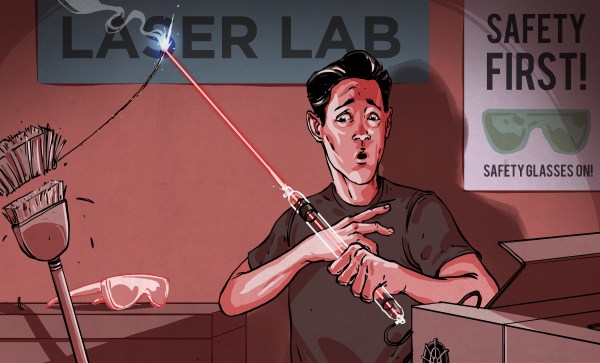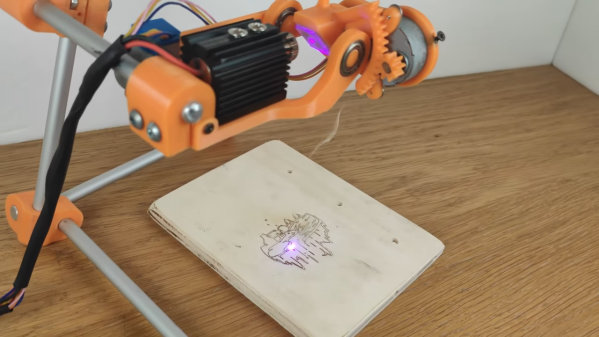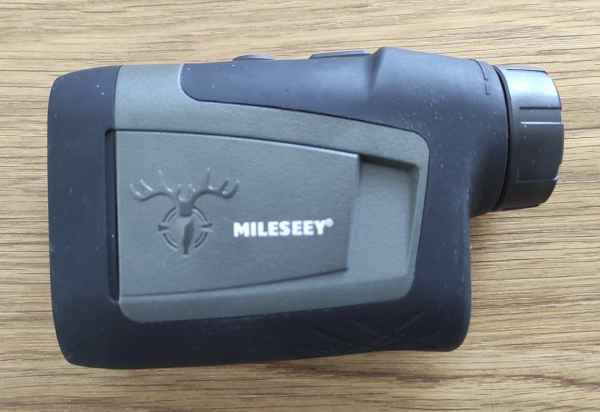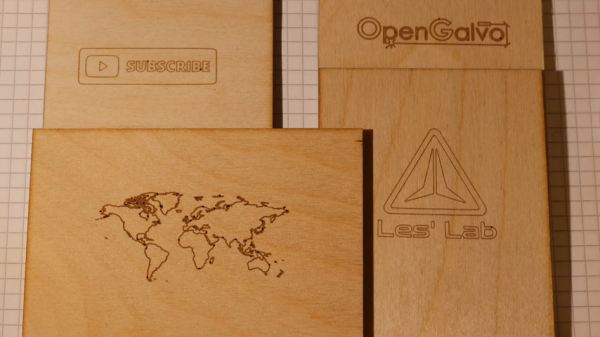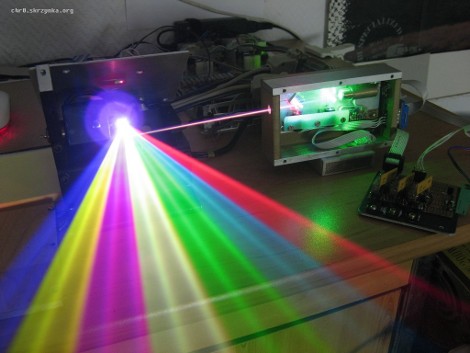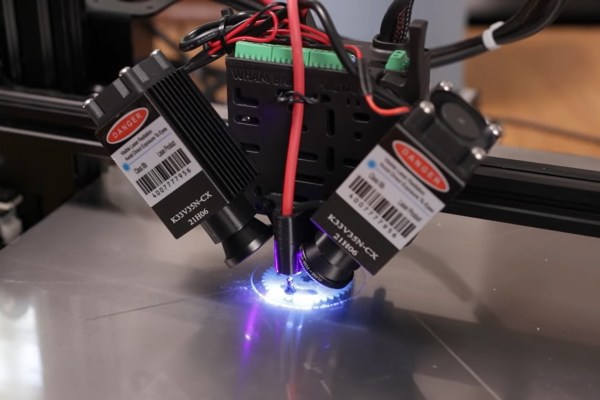Most of us strip the insulation off wires using some form of metal blade or blades. You can get many tools that do that, but you can also get by with skillfully using a pair of cutters, a razor blade or — in a pinch — a steak knife. However, modern assembly lines have another option: laser stripping. Now that many people have reasonable laser cutters, we wonder if anyone is using laser strippers either from the surplus market or of the do-it-yourself variety?
We are always surprised that thermal strippers are so uncommon since they are decidedly low-tech. Two hot blades and a spring make up the heart of them. Sure, they are usually expensive new, but you can usually pick them up used for a song. The technology for lasers doesn’t seem very difficult, although using the blue lasers most people use in cutters may not be optimal for the purpose. This commercial product, for example, uses infrared, but if you have a CO2 laser, that might be a possibility.
The technique has found use in large-scale production for a while. Of course, if you don’t care about potential mechanical damage, you can get automated stripping equipment with a big motor for a few hundred bucks.
We did find an old video about using a CO2 laser to strip ribbon cable, but nothing lately. Of course, zapping insulation creates fumes, but so does lasering everything, so we don’t think that’s what’s stopping people from this approach.
Continue reading “Ask Hackaday: Stripping Wires With Lasers”

